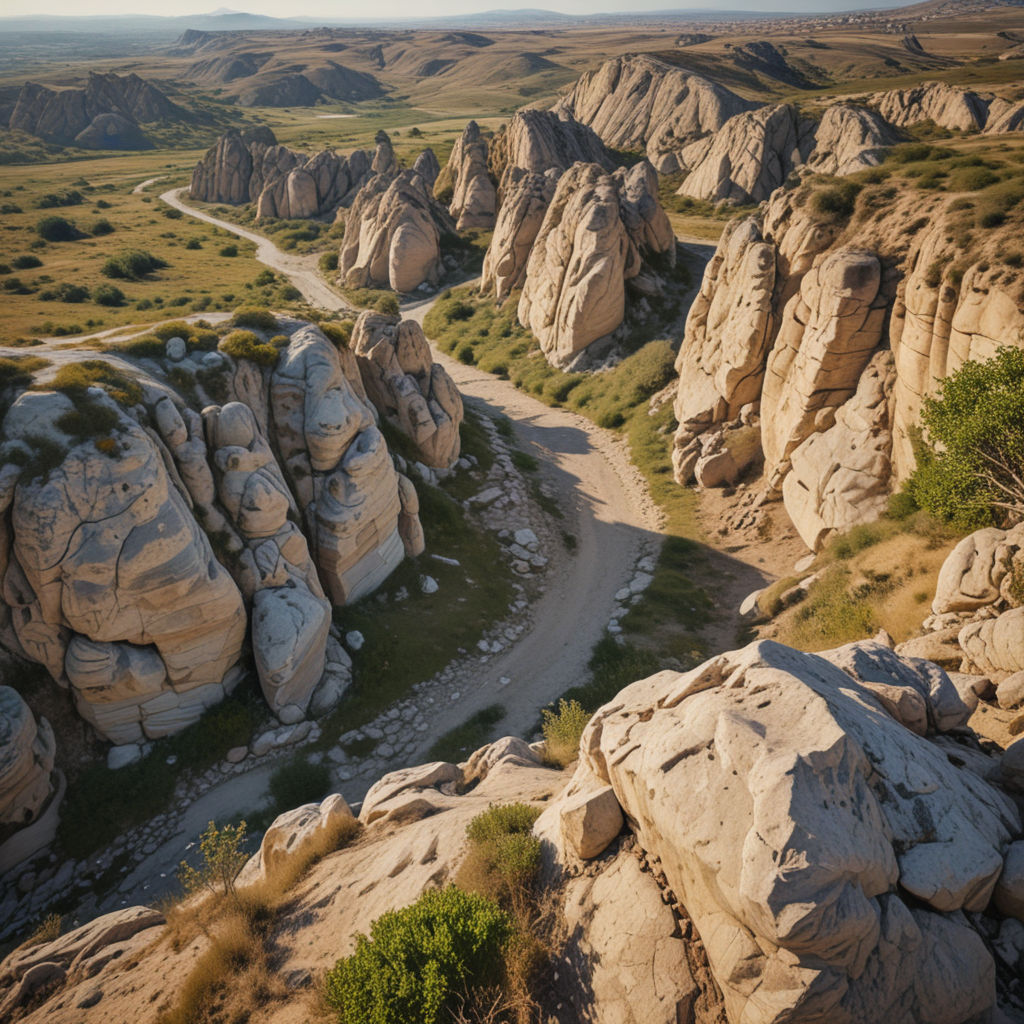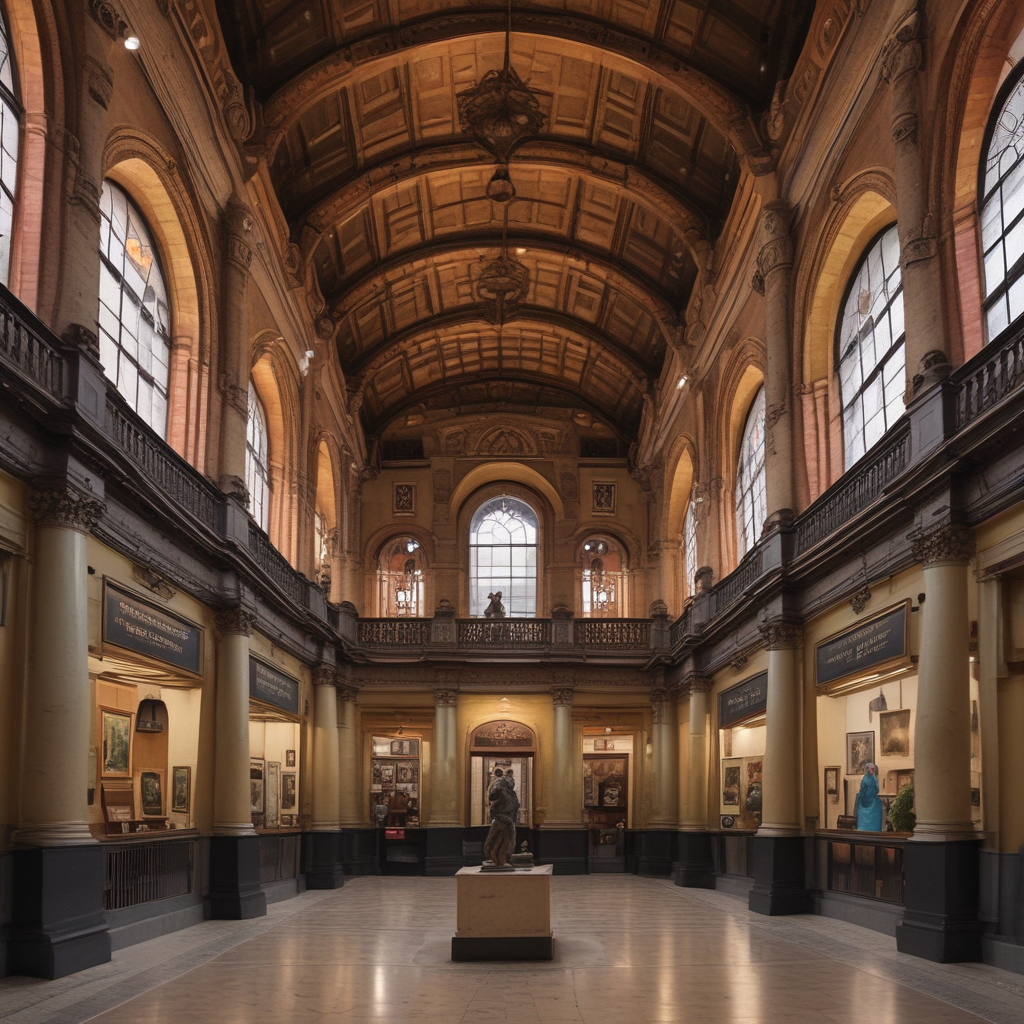
Exploring the Gobustan National Park in Azerbaijan
Azerbaijan's Gobustan National Park is a UNESCO World Heritage Site renowned for its exceptional collection of petroglyphs and its rich historical and ecological significance. Spanning an area of over 130 square kilometers, the park offers a captivating journey through the past and present, where ancient human creations coexist with stunning natural landscapes.
History and Significance of Petroglyphs
Gobustan has been inhabited since prehistoric times, leaving behind an invaluable legacy of rock art. The park's collection of over 6,000 petroglyphs, dating back to the Upper Paleolithic period, provides a glimpse into the lives and beliefs of ancient humans. These carvings depict scenes of everyday life, hunting, rituals, and animals, offering insights into the social and cultural practices of our ancestors.
Highlights of the Rock Art Collection
Among the most notable petroglyphs in Gobustan is the "Galajigler Stone," a large boulder adorned with carvings of horned animals, human figures, and an enigmatic labyrinthine pattern. The "Camel Stone" features a finely executed depiction of a camel caravan, while the "Tambourine Stone" showcases a rhythmic circle of animals and patterns. These masterpieces of rock art are a testament to the artistic prowess and storytelling abilities of prehistoric people.
Geological Features and Landscapes
Gobustan's geological landscape is no less captivating. The park encompasses a diverse range of features, including mud volcanoes, saltwater springs, and otherworldly rock formations. The "Gaslar Mud Volcano" periodically erupts with mud and gas, offering a fascinating spectacle. The "Sengir Valley" features sheer limestone cliffs, while the "Goydag Rocks" rise up like towering pillars. These geological wonders contribute to the park's unique and rugged beauty.
Wildlife and Biodiversity
Gobustan National Park is not only renowned for its cultural heritage but also its rich biodiversity. The park supports a diverse range of flora and fauna, including various plant species adapted to the arid environment. The "Mud Volcanoes" area is home to unique halophyte plant species that thrive in salty and alkaline conditions. In terms of wildlife, the park is a haven for mammals such as gazelles, jackals, and foxes. Bird enthusiasts can spot a variety of species, including eagles, vultures, and larks.
Hiking and Adventure Activities
Gobustan National Park offers a range of hiking trails catering to different fitness levels. Visitors can explore the park's rugged landscapes, discover hidden petroglyphs, and marvel at the geological wonders. The "Gobustan Trail" is a popular option, leading hikers through breathtaking cliffs and unveiling ancient carvings. For a more adventurous experience, visitors can embark on a guided rock climbing session or conquer the challenging slopes of the "Mud Volcanoes."
Educational and Cultural Programs
Gobustan National Park is not merely a destination for exploration but also a center for education and cultural preservation. The park offers guided tours led by knowledgeable experts who share insights into the park's history, culture, and ecology. Visitors can also participate in interactive workshops, learn about traditional crafts, and delve into the cultural heritage of the region.
Conservation and Preservation Efforts
Preserving the invaluable cultural and natural heritage of Gobustan National Park is of paramount importance. The park authorities have implemented strict conservation measures to protect the petroglyphs and the park's delicate ecosystem. Sustainable tourism practices are encouraged to minimize the environmental impact on the fragile landscape. Visitors are urged to respect and protect the park's natural and cultural treasures for future generations.
Planning Your Visit to Gobustan
To make the most of your visit to Gobustan National Park, it is advisable to plan in advance. The park is located approximately 60 kilometers from Baku, Azerbaijan's capital. Visitors can rent a car or join a guided tour to reach the park. The best time to visit Gobustan is during spring or autumn, when the weather is pleasant for exploring. Be sure to bring comfortable shoes, sunscreen, and plenty of water, as there are limited amenities within the park.
FAQs
- Can I visit Gobustan National Park independently?
Yes, you can visit the park independently by renting a car or joining a guided tour.
- Is it possible to hike to the petroglyphs?
Yes, there are designated hiking trails that lead to the petroglyph sites.
- Are there any accommodation options within the park?
No, there are no accommodation options within the park. Visitors can stay in nearby towns or hotels in Baku.
- What is the best time to visit Gobustan?
Spring (April-May) and autumn (September-October) offer pleasant weather for exploring the park.
- How do I respect the park's heritage?
Adhere to designated trails, do not touch the petroglyphs, and avoid littering or disturbing the natural environment.

